

Shane O'Donoghue
2026 Nissan Leaf review: Quick drive
5 Days Ago
Mercedes-Maybach will introduce its first all-electric model, based on the upcoming full-sized EQS SUV.

News Editor
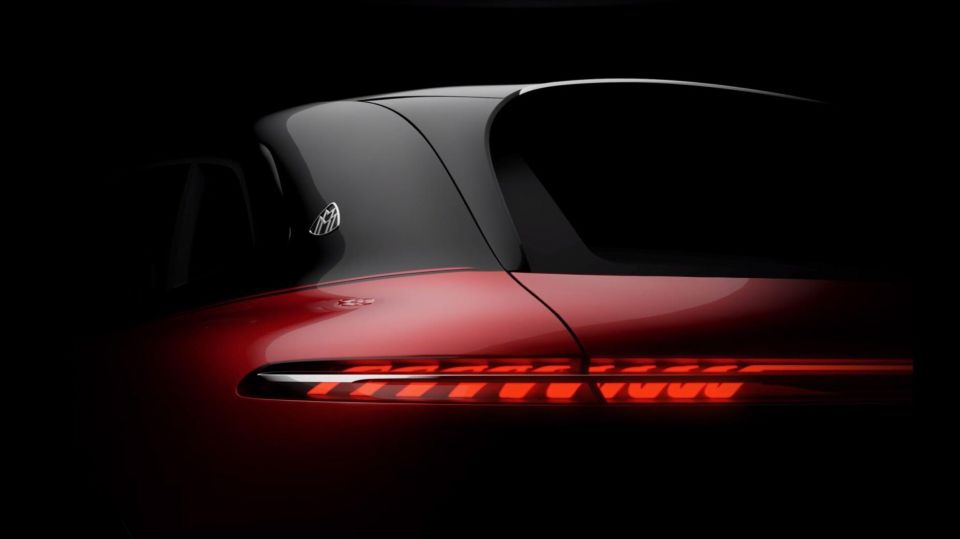

News Editor
The next Mercedes-Maybach model will be based on the all-electric EQS SUV.
Mercedes-Benz has released a single teaser image of the ultra-luxury SUV.
It shows a close-up of the EQS’s rear quarter, revealing its curvaceous body and prominent shoulders.
It has a less upright body than Mercedes-Benz’s largest internal combustion engine-powered SUV, the seven-seater GLS.
The EQS SUV will enter production in the company’s Tuscaloosa, Alabama plant during 2022.

It will join the EQS fastback on Mercedes-Benz’s new Electric Vehicle Architecture (EVA). The EQS fastback will arrive in Australia in December 2021.
Other models set to use EVA include the EQE sedan and an EQE SUV.
The EQE sedan is set to be revealed during 2021 as well, while the EQE SUV will enter production in 2022 in Alabama.
Expect the EQS SUV’s powertrain range to be similar to that of the EQS fastback.
Two EQS fastback models will be offered at launch: the EQS 450+ and the EQS 580.
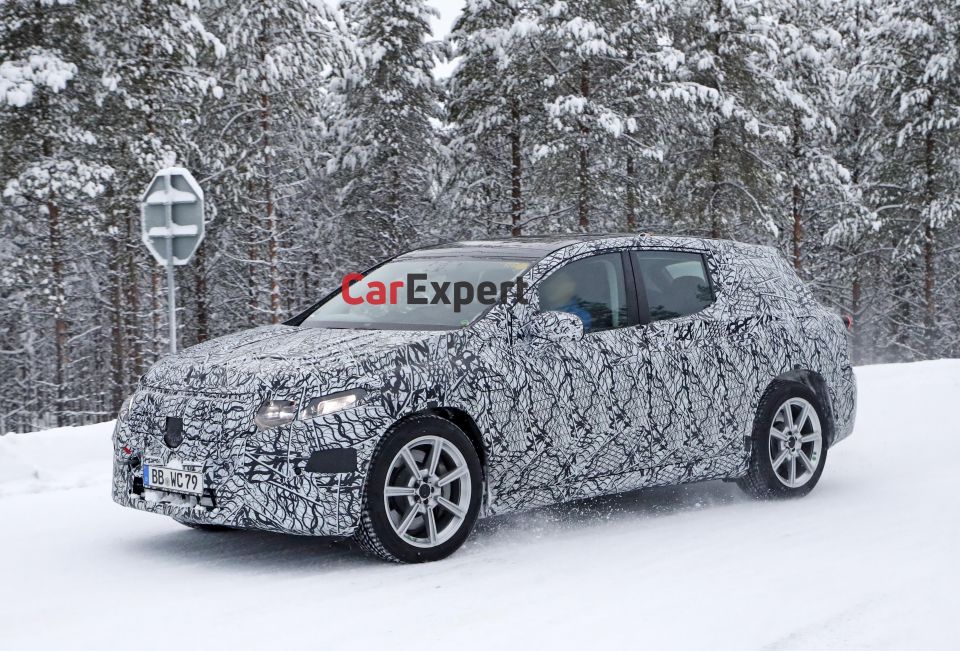
Both feature a 107.8kWh lithium-ion battery beneath the floor, and claimed range is up to 770km on the tougher WLTP test cycle.
The EQS 450+ is rear-wheel drive, with 245kW of power and 568Nm of torque. The 100km/h sprint takes 6.2 seconds, and flat out you’ll be doing 210km/h.
The EQS 580 4Matic is all-wheel drive, with motors on both axles capable of adapting their torque outputs 10,000 times per minute for better grip, efficiency, or performance.
It has 385kW of power and 855Nm of torque, and completes the 100km/h sprint in 4.3 seconds.
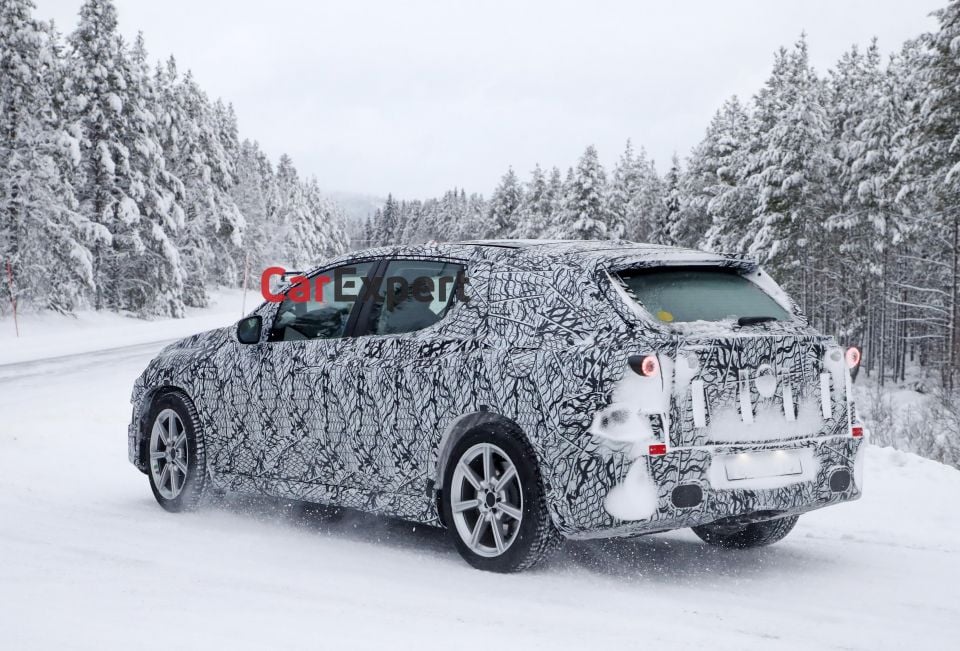
A higher-performance version will be offered after launch, complete with 580kW of power.
Both models use a 400V architecture and can accept up to 200kW of power from an ultra-rapid DC charge station, with the EQS 450+ capable of gaining 300km of range in just 15 minutes.
The EQS fastback has a drag coefficient of just 0.20, though the EQS SUV will likely be less slippery even with its curvaceous styling.
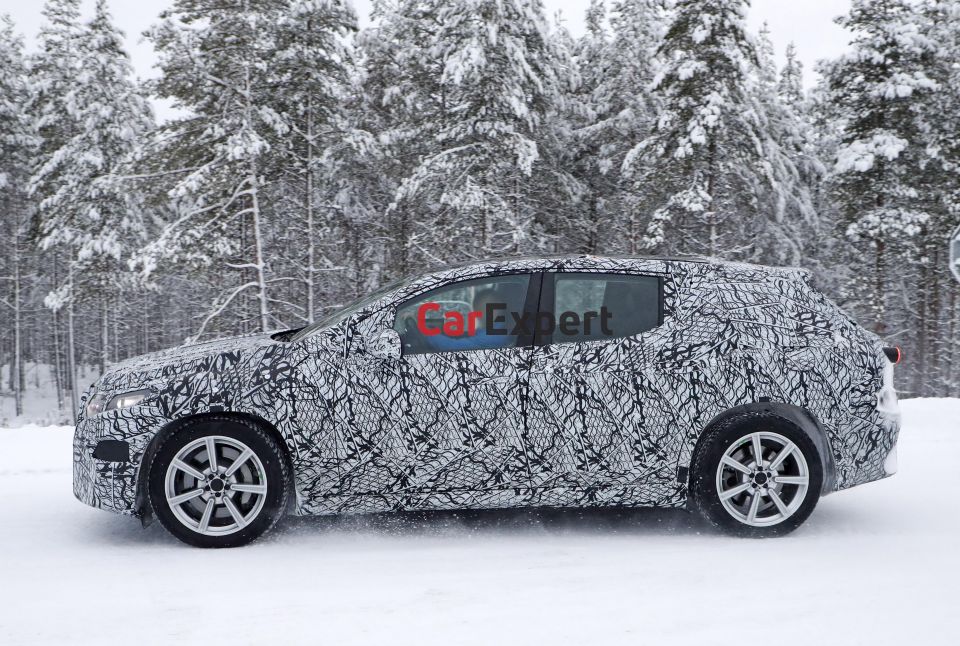
Expect some of the EQS’s clever aerodynamic elements to carry over onto the SUV.
On the fastback, the front end is entirely closed over (the bonnet doesn’t open, save for a flap for the washer fluid), and the wheels are all flat and aero-focused to liberate as much range as possible.
The door handles are flush, and even the door seals are unique to the EQS for a near-silent cabin at highway speeds.
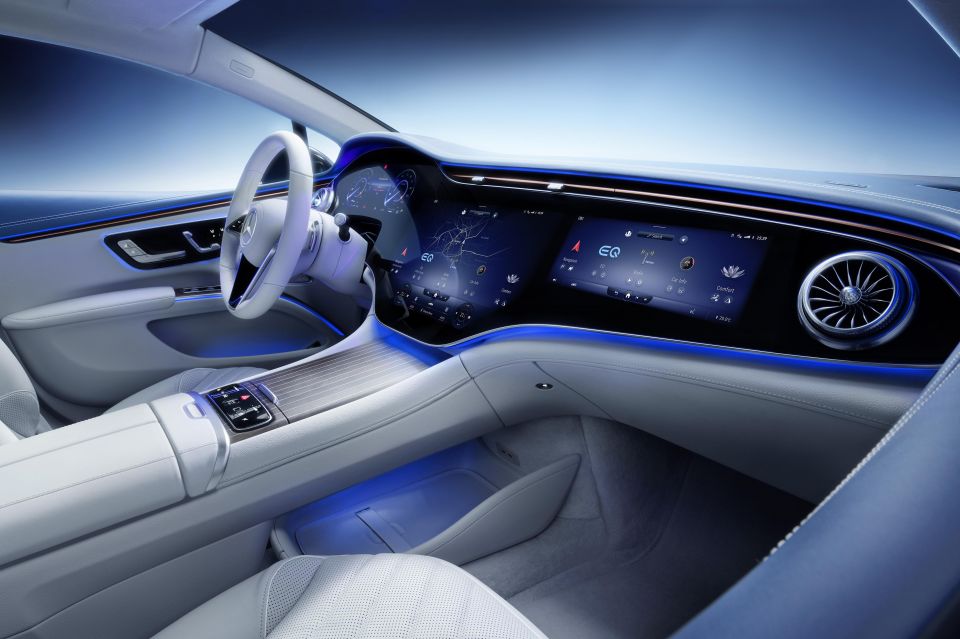
Inside, the EQS’s optional Hyperscreen system will likely be available in the EQS SUV.
Measuring more than 141cm wide, it encompasses a digital instrument cluster, central touchscreen, and a touch display for the passenger.
Mercedes says the “area perceived by the occupants” measures 2432.11cm2, and the lower part of the screen has integrated ambient lighting to simulate a floating effect.
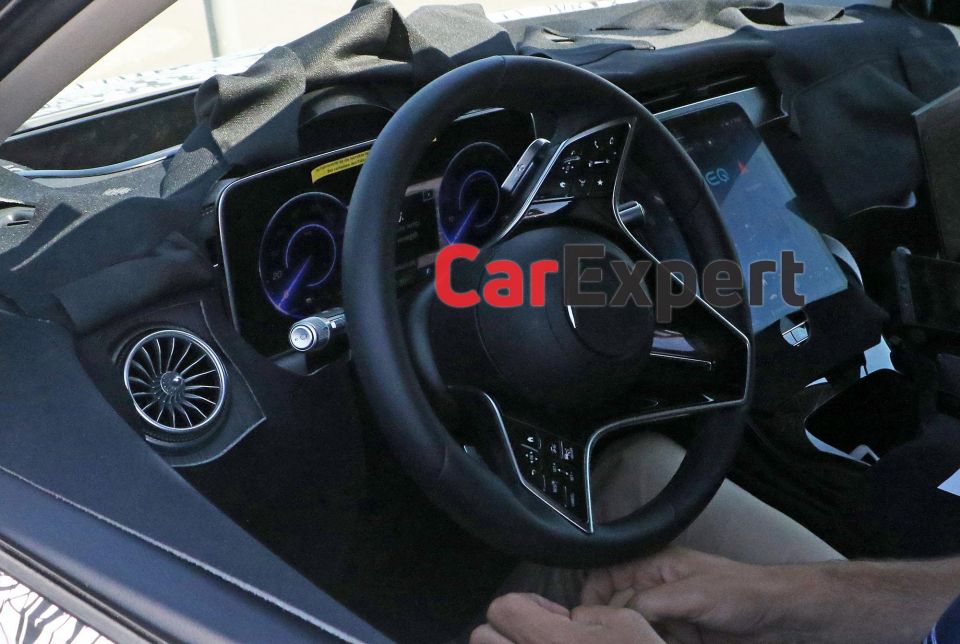
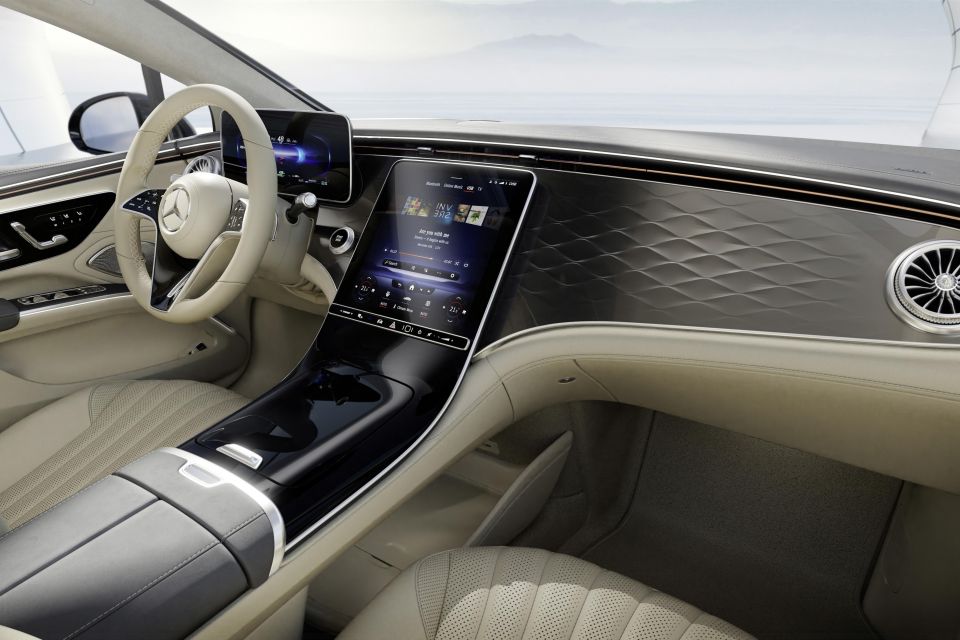
EQS and EQS SUV models without a Hyperscreen have a dashboard design similar to that of the redesigned S-Class, with a free-standing digital instrument cluster and portrait-oriented central touchscreen flowing into the centre console.
The EQS SUV will join a growing range of Mercedes-Maybach models, with Daimler dusting off the Maybach nameplate for ultra-luxury versions of its existing models.
That’s in contrast to the last iteration of Maybach, which was a standalone marque with a model based on the Mercedes-Benz S-Class but featuring completely unique interior and exterior styling.
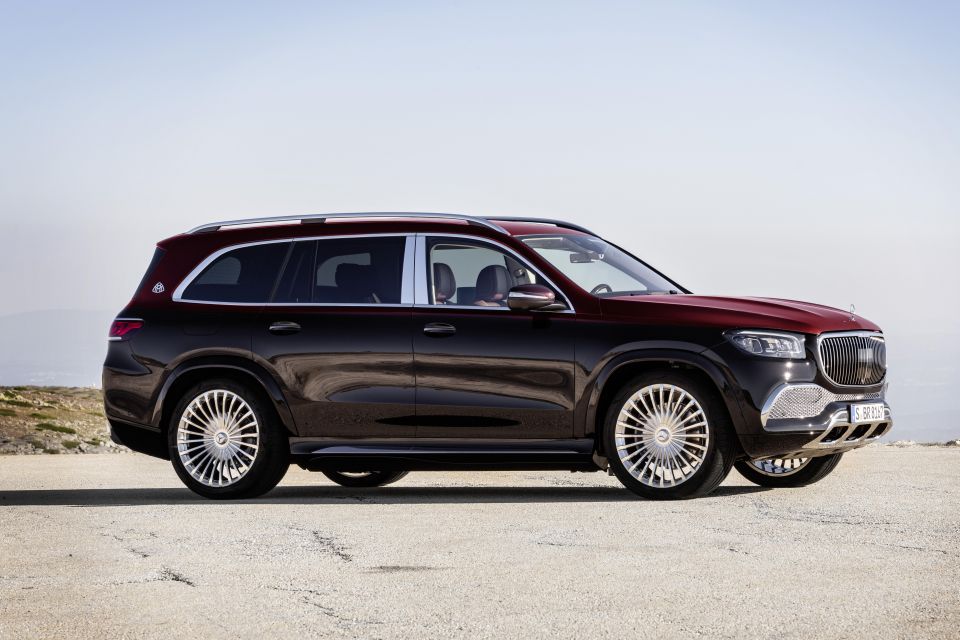
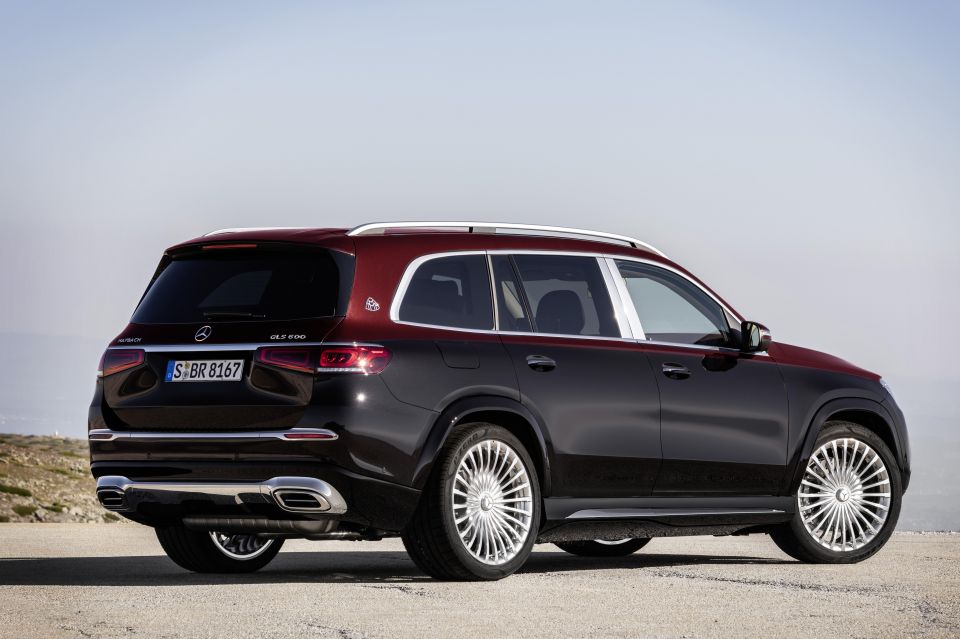
The sub-brand’s sole model, a version of the S-Class, was joined this year by the Mercedes-Maybach GLS600, an ultra-luxury, four-seater version of the GLS and the first Maybach built outside of Germany.
We’ve yet to see an all-electric Maybach model, so it’s unclear whether the EQS SUV will get a traditional chrome waterfall grille like its petrol-powered compatriots.
William Stopford is an automotive journalist based in Brisbane, Australia. William is a Business/Journalism graduate from the Queensland University of Technology who loves to travel, briefly lived in the US, and has a particular interest in the American car industry.


Shane O'Donoghue
5 Days Ago


Matt Campbell
4 Days Ago


James Wong
3 Days Ago


CarExpert.com.au
2 Days Ago
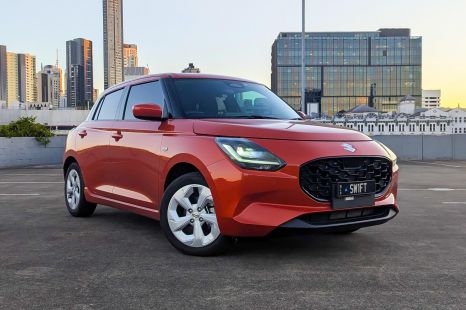

William Stopford
2 Days Ago
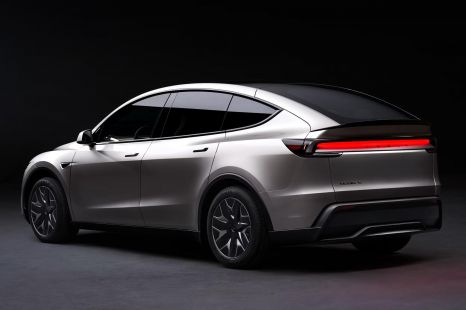

Damion Smy
1 Day Ago